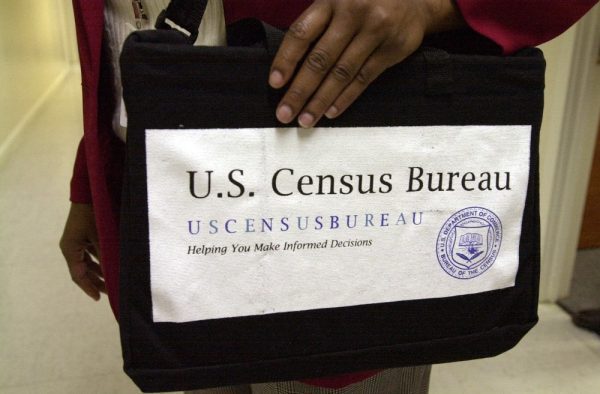2010 ACS data provide a wealth of new information about the Charlotte region

After the initial windfall of data from the 2010 Census that was followed by media outlets all over the country, the next wave of Census data is upon us. In this new age of the American Community Survey, we now get considerable data more often than every 10 years.
For researchers like me, who work with secondary data day in and day out, 2011 has been an exciting year. By late winter, the Census Bureau had begun releasing 2010 Census data in waves of a couple of states at a time. First came the basic population counts and race/ethnicity breakdowns for the congressional redistricting process. Then came more detailed age breakdowns, family and household structures and home ownership data. After each release, there was a flurry of excitement and interest in what the new numbers had to say about trends in our region. The possible angles of analysis, it seemed, were endless.
But by early summer, the releases had slowed to a trickle. What was new and exciting just months earlier now seemed a little stagnant. Yes, we knew how much the region and its counties and cities had grown in the past 10 years, how the Latino population had skyrocketed, and how the black population was increasing rapidly in the suburbs. But that was no longer enough. We wanted to know about income and poverty, educational attainment, health insurance coverage, commuting patterns and much more.
 Last week, our hunger for new data was satisfied at last, when the Census Bureau released the 2010 American Community Survey (ACS) 1-Year Estimates. For those who may not be familiar with this survey, it has essentially replaced the long form of the decennial census. But instead of just occurring once every 10 years, the ACS is an ongoing survey that provides data every year.
Last week, our hunger for new data was satisfied at last, when the Census Bureau released the 2010 American Community Survey (ACS) 1-Year Estimates. For those who may not be familiar with this survey, it has essentially replaced the long form of the decennial census. But instead of just occurring once every 10 years, the ACS is an ongoing survey that provides data every year.
For each year of data, there are one-year, three-year, and five-year estimates. The one-year estimates include responses from that year only, while the three-year estimates pull from three years’ worth of responses, and the five-year estimates cover five years. Each provides data at a different scale. The one-year estimates provide data for states, metropolitan areas, counties and cities with populations of 65,000 or more, which includes all of the counties in the Charlotte region but Anson, Chester and Stanly. The three-year estimates include these areas with populations of 20,000 or more. The five-year estimates offer data for small geographic areas (census tracts and block groups) in addition to the larger areas included in the other two sets.
The ACS 1-Year Estimates are the source of data for a number of the indicators we track here on the Charlotte Regional Indicators website (see below). All of these indicators have now been updated to display the new 2010 data[1]. So browse the topics below, find one that piques your interest, and start exploring!
Place of Birth: Discover what proportion of local residents were born in their current state of residence and what proportion were born in the Northeast or other regions of the country.
Educational Attainment: Learn whether there are more people who lack a high school diploma or more who have bachelor’s degrees in the Charlotte region’s counties and how the current distribution compares with that 10 years ago.
Health Care Coverage: Uncover what percentage of people in the Charlotte region’s counties have health insurance and what percent are without.
Housing Age: Examine the average age of the housing stock in the region and whether it has gone down since the building boom in the mid-2000s.
Poverty: Find out what percentage of families in the region are living in poverty and how much that has increased since the beginning of the recession. Look further to see what poverty rates look like for seniors (individuals 65 and over) in the region’s counties.[2]
Commuting: Explore how commute times and the means of transportation people use to get to work compare among the region’s counties.
Lead photograph by the U.S. Census Bureau, Public Information Office (PIO)
Second photograph by Nancy Pierce
[1] The Census Bureau is still processing the metropolitan-level data. So the most recent metropolitan data displayed on this site are still 2009, but this will be updated as soon as the data become available.
[2] Although the ACS includes data on individuals and children in poverty, we use a different source for those measures as well as median household income, the Small Area Income and Poverty Estimates, which enables us to have data for all 14 of the Charlotte region counties. The 2010 data for these estimates have not yet been released, so these measures still display 2009 data.
Click here to learn more about the American Community Survey.